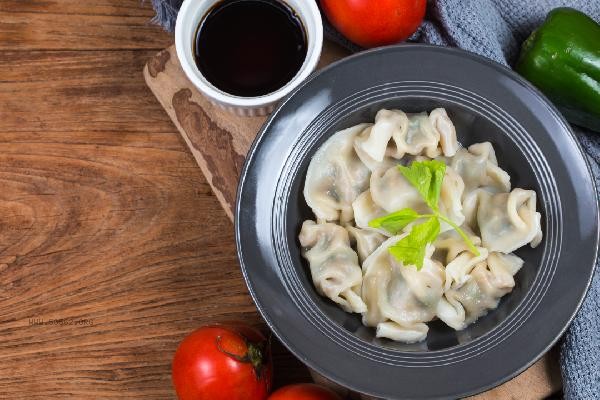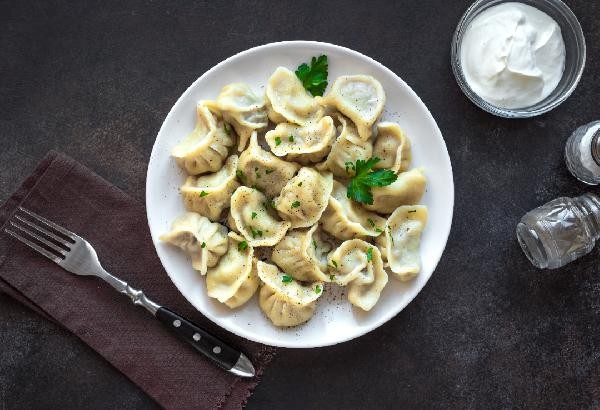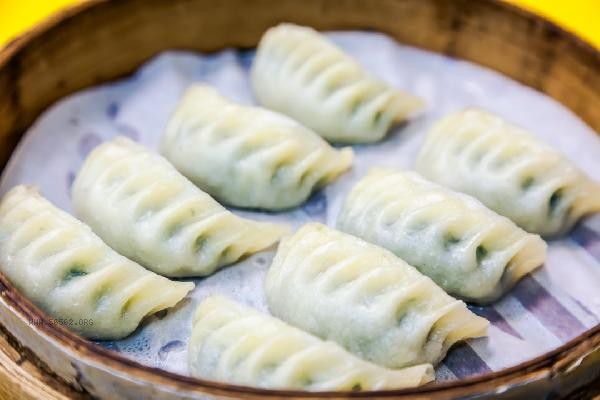Frozen dumplings can generally be cooked in 8-12 minutes, depending on factors such as dumpling size, filling type, heat control, thawing degree, and pot material.

The skin of frozen dumplings will form an ice crystal layer due to low-temperature freezing, and it takes longer for the heat to penetrate when directly boiling water into the pot. It is recommended to adjust the water to medium fire after boiling to keep it slightly boiling, so as to avoid skin breaking caused by intense boiling. Meat filled dumplings usually have slower heat transfer and are cooked 2-3 minutes longer than vegetarian filled dumplings. You can observe the dumplings floating and continue cooking for 1-2 minutes to ensure they are fully cooked. Dumplings that have not been fully thawed need to be cooked for an extended period of time, but complete thawing may cause the dough to adhere. Using thick bottomed cookware can better maintain stable water temperature and shorten cooking time.

For some special fillings such as seafood or dumplings containing mushroom ingredients, it is necessary to ensure that the center temperature meets safety standards and can be appropriately extended to 15 minutes. If industrial dumplings are processed using quick freezing technology, the freezing process may be shortened to 6-8 minutes due to differences in freezing technology. Adding a small amount of salt or cooking oil during the cooking process can help prevent adhesion and improve the toughness of the dough. Frozen dumplings that are repeatedly thawed are more prone to boiling due to structural damage, and it is recommended to consume them all at once.

When boiling frozen dumplings, it is recommended to match with onion ginger water or Seaweed soup bottom, which can not only supplement water-soluble vitamins lost in the cooking process, but also improve the flavor. Control the number of single cooking operations to not exceed two-thirds of the pot's capacity, ensuring even heating. The remaining dumplings can be drained of water and stored flat to avoid stacking and causing secondary freezing crystallization. For those with weak gastrointestinal function, the soaking time can be appropriately extended before consumption to help digestion and absorption.








Comments (0)
Leave a Comment
No comments yet
Be the first to share your thoughts!